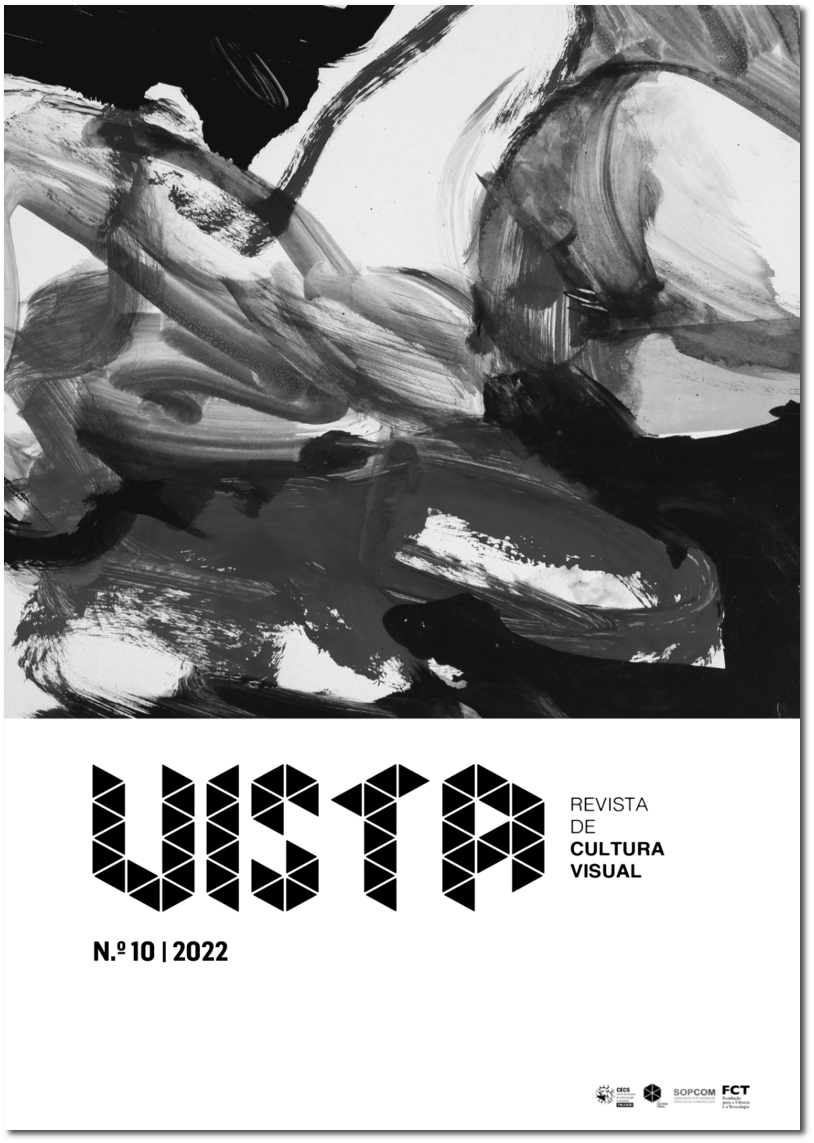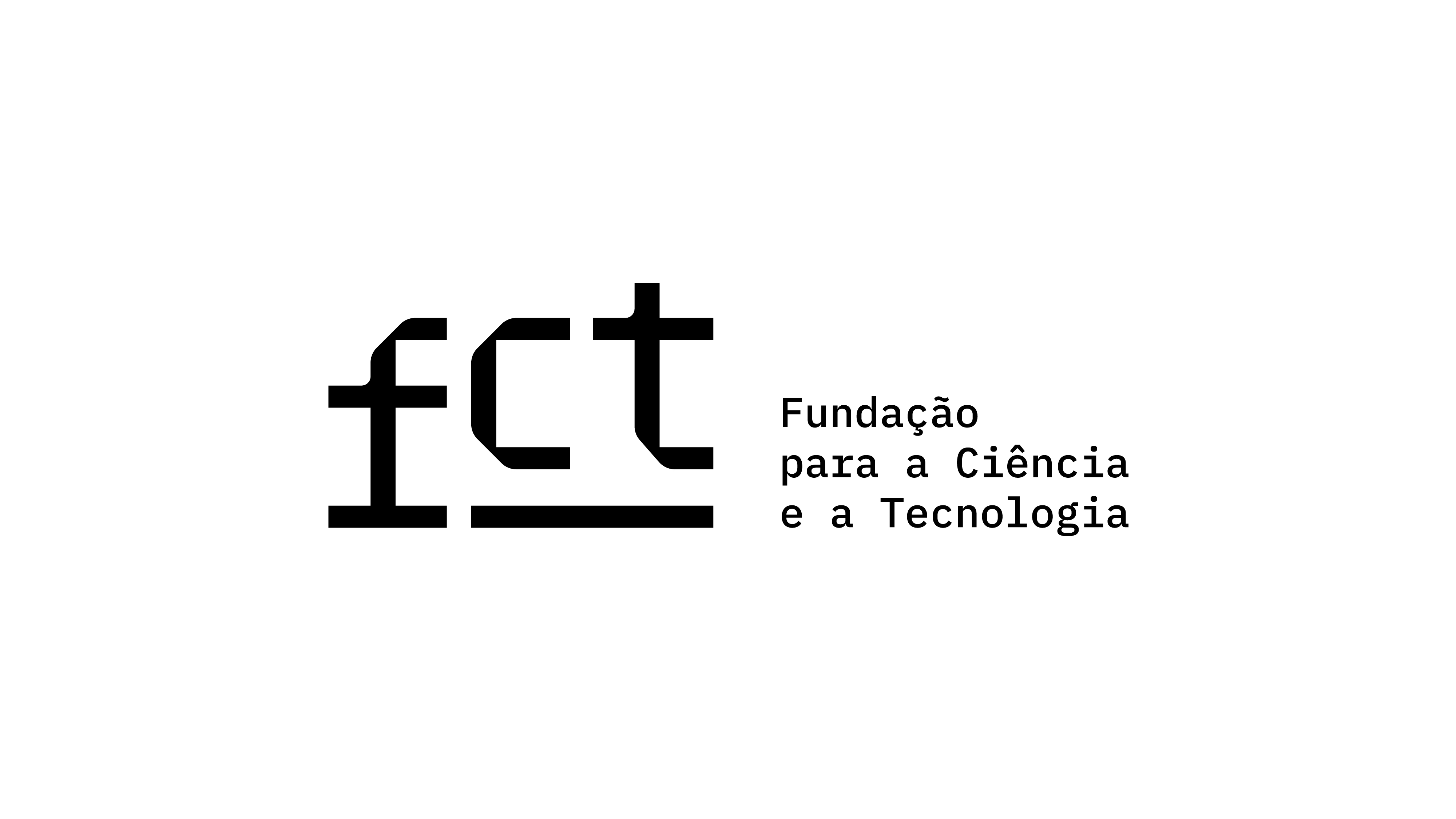Aesthetics in Distress: Gender-Based Violence and Visual Culture. Introductory Note
DOI:
https://doi.org/10.21814/vista.4071Downloads
References
Ahmed, S. (2021). Complaint! Duke University Press. DOI: https://doi.org/10.1515/9781478022336
Agger, B. (2004). The virtual self. A contemporary sociology. Blackwell Publishing.
Almenar, R. (2021). Cyber violence against women and girls: Gender-based violence in the digital age and future challenges as a consequence of covid-19. Trento Student Law Review,3(1), 167–230. https://teseo.unitn.it/tslr/article/view/757
Bourdieu, P. (2002). Masculine domination (R. Nice, Trans.). Stanford University Press. (Original work published 1998)
Boyle, K. (2019a). What's in a name? Theorising inter-relationships of gender and violence. Feminist Theory, 20(1), 19–36. https://doi.org/10.1177%2F1464700118754957 DOI: https://doi.org/10.1177/1464700118754957
Boyle, K. (2019b). #MeToo, Winstein and feminism. Palgrave. DOI: https://doi.org/10.1007/978-3-030-28243-1
Brownmiller, S. (1975). Against our will. Men, women and rape. Simon and Schuster.
Burfoot, A., & Lord, S. (2006). Introduction. In A. Burfoot & S. Lord (Eds), Killing women. The visual culture of gender and violence (pp. xi–xxi). Wilfried Lurier University Press.
Canlı, E. (2020). Prison heterocissexual complex: Sociospatial politics of queer incarceration and the case of Turkey. In Z. Davy, A. C. Santos, C. Bertone, R. Thoreson, & S. E. Wieringa (Eds.), The handbook of global sexualities (pp. 313–333). SAGE. DOI: https://doi.org/10.4135/9781529714364.n15
Capous-Desyllas, M., & Morgaine, K. (2018). Creating social change through creativity. Anti-oppressive arts-based research methodologies. Springer. DOI: https://doi.org/10.1007/978-3-319-52129-9
Chute, H. (2010). Graphic women. Life narrative and contemporary comics. Columbia University Press.
Clark-Parsons, R. (2019). "I see you, I believe you, I stand with you": #MeToo and the performance of networked feminist visibility. Feminist Media Studies, 21(3), 362–380. https://doi.org/10.1080/14680777.2019.1628797 DOI: https://doi.org/10.1080/14680777.2019.1628797
Connell, R. (1995). Masculinities. University of California Press.
Connell, R., & Masserschmidt, J. (2005). Hegemonic masculinity: Rethinking the concept. Gender and Society, 19(6), 829–859. https://doi.org/10.1177%2F0891243205278639 DOI: https://doi.org/10.1177/0891243205278639
Creek, S. J., & Dunn, J. (2011). Rethinking gender and violence: Agency, heterogeneity, and intersectionality. Sociology Compass, 5(5), 311–322. https://doi.org/10.1111/j.1751-9020.2011.00360.x DOI: https://doi.org/10.1111/j.1751-9020.2011.00360.x
Crenshaw, K. (1990). Mapping the margins: Intersectionality, identity politics, and violence against women of color. Stanford Law Review, 43(6), 1241–1299. https://doi.org/10.2307/1229039 DOI: https://doi.org/10.2307/1229039
Davis, A. Y, Dent, G., Meiners, E. R., & Richie, B. E. (2022). Abolition. Feminism. Hamish Hamilton
de Lauretis, T. (1987). Technologies of gender. Essays on theory, film, and fiction. Indiana University Press. DOI: https://doi.org/10.1007/978-1-349-19737-8
Desai, B. H., & Mandal, M. (2021). Role of climate change in exacerbating sexual and gender-based violence against women: A new challenge for international law. Environmental Policy and Law,51, 137–157. https://doi.org/10.3233/EPL-210055 DOI: https://doi.org/10.3233/EPL-210055
Drotning, K. J., Doan, L., Sayer, L. C., Fish, J. N., & Rinderknecht, R. G.(2022). Not all homes are safe: Family violence following the onset of the covid-19 pandemic. Journal of Family Violence. Advance online publication. https://doi.org/10.1007/s10896-022-00372-y DOI: https://doi.org/10.1007/s10896-022-00372-y
Dunn, S. (2020). Supporting a safer internet paper No. 1:Technology-facilitated gender-based violence: An overview. Centre for International Governance Innovation. https://www.cigionline.org/static/documents/documents/SaferInternet_Paper%20no%201_0.pdf
Frazer, E., & Hutchings, K. (2020). The feminist politics of naming violence. Feminist Theory, 21(2), 199–216. https://doi.org/10.1177%2F1464700119859759 DOI: https://doi.org/10.1177/1464700119859759
Goldberg, V., Penn, P., Sheinberg, M., & Walker, G. (1990). Love and violence: Gender paradoxes and volatile attachments. Family Process, 29(4), 342–364. https://doi.org/10.1111/j.1545-5300.1990.00343.x DOI: https://doi.org/10.1111/j.1545-5300.1990.00343.x
Hall, S. (1997). The work of representation. In S. Hall (Ed.), Representation. Cultural representations and signifying practices (pp. 15–61). Sage.
Hartman, G. (1995). On traumatic knowledge and literary studies. New Literary History 26(3), 537–563. DOI: https://doi.org/10.1353/nlh.1995.0043
Heiner, B. T., & Tyson, S. (2017). Feminism and the carceral state: Gender-responsive justice, community accountability, and the epistemology of antiviolence. Feminist Philosophy Quarterly, 3(1), Article 3. https://ir.lib.uwo.ca/fpq/vol3/iss1/3/ DOI: https://doi.org/10.5206/fpq/2016.3.3
hooks, b. (1992). Black looks: Race and representation. South End Press.
Kelly, L. (1987). The continuum of sexual violence. In J. Hanmer & S. Maynard (Eds.), Women, violence and social control (pp. 44–60). Palgrave. DOI: https://doi.org/10.1007/978-1-349-18592-4_4
Leavy, P. (2015, January 8–10). Announcements and plenary address – Building Research in "new shapes" and engaging diverse audiences: The transformative potentials of arts-based research [Conference presentation]. The Qualitative Report Sixth Annual Conference, Florida, United States. https://nsuworks.nova.edu/tqrc/sixth/day2/3/
Levine, J., & Meiners, E. R. (2020). The feminist and the sex offender: Confronting sexual harm, ending state violence. Verso.
Lopez, F. (2018). Between "normalization" and spectacularization: Representing violence against women in TV crime series. Journalism and Mass Communication, 8(6), 277–286. https://doi.org/10.17265/2160-6579/2018.06.001 DOI: https://doi.org/10.17265/2160-6579/2018.06.001
Luibhéid, E., & Chávez, K. R. (Ed.). (2020). Queer and trans migrations: Dynamics of illegalization, detention and deportation. University of Illinois Press. DOI: https://doi.org/10.5622/illinois/9780252043314.001.0001
Mandolini, N., & Williamson Sinalo, C. (in press). Introduction. In N. Mandolini & C. Williamson Sinalo (Eds.), Representing gender-based violence. Global perspectives. Palgrave.
Mulvey, L. (1989). Visual and other pleasures. Palgrave. DOI: https://doi.org/10.1007/978-1-349-19798-9
Oliver, K. (2017). The male gaze is more relevant and more dangerous than ever. New Review of Film and Television Studies, 15(4), 451–455. https://doi.org/10.1080/17400309.2017.1377937 DOI: https://doi.org/10.1080/17400309.2017.1377937
Pollock, G. (2013). After-affects/after-images. Trauma and aesthetic transformation in the Virtual Feminist Museum. Manchester University Press.
Princenthal, N. (2019). Unspeakable acts: Women, art, and sexual violence in the 1970s. Thames & Hudson
Romito, P. (2008). A deafening silence: Hidden violence against women and children. Policy Press. (Original work published 2005) DOI: https://doi.org/10.46692/9781847422880
Rose, G. (2014). On the relations between "visual research methods" and contemporary visual culture. The Sociological Review, 62(1), 24–46. DOI: https://doi.org/10.1111/1467-954X.12109
Rovetto, F. L., & Camusso, M. (2020). Feminist iconographies. Visual practices and political activism. CadernosPagu, 58, Article e20581. https://doi.org/10.1590/18094449202000580016 DOI: https://doi.org/10.1590/18094449202000580016
Russell, D. E. H., & Radford, J. (Eds.). (1992). Femicide. The politics of woman killing. Twayne Publishers.
Santisteban, R. S. (Ed.). (2020). Indigenous women & climate change. IWGIA
Slivinska, B. (Ed.). (2021). Feminist visual activism and the body. Routledge. DOI: https://doi.org/10.4324/9780429298615
Spinelli, B. (2008). Femminicidio. Dalla denuncia sociale al riconoscimento giuridico internazionale. Franco Angeli.
TMM Update TDoR 2021. (2021, November 21). Transrespect versus Transphobia Worldwide. https://transrespect.org/en/tmm-update-tdor-2021/
Ussher, J., Hawkley, A., Perz, J., Liamputtong, P., Sekar, J., Marjadi, B., Schmied, V., Dune, T., Brooke, E. (2022). Crossing boundaries and fetishization: Experience of sexual violence for trans women of color. Journal of Interpersonal Violence, 37(5-6), 3552–3584. https://doi.org/10.1177%2F0886260520949149 DOI: https://doi.org/10.1177/0886260520949149
Vergès, F. (2021). A decolonial feminism (A. J. Bohrer & F. Vergès, Trans.). Pluto Press. DOI: https://doi.org/10.2307/j.ctv1k531j6
Ward, J., & Shortt, H. (Eds.). (2020). Using arts-based research methods: Creative approaches to research business, organization and humanities. Palgrave Macmillan. DOI: https://doi.org/10.1007/978-3-030-33069-9
Downloads
Published
How to Cite
Issue
Section
License
Copyright (c) 2022 Ece Canlı, Nicoletta Mandolini

This work is licensed under a Creative Commons Attribution 4.0 International License.
Authors own the copyright, providing the journal with the right of first publication. The work is licensed under a Creative Commons Attribution 4.0 International License.













